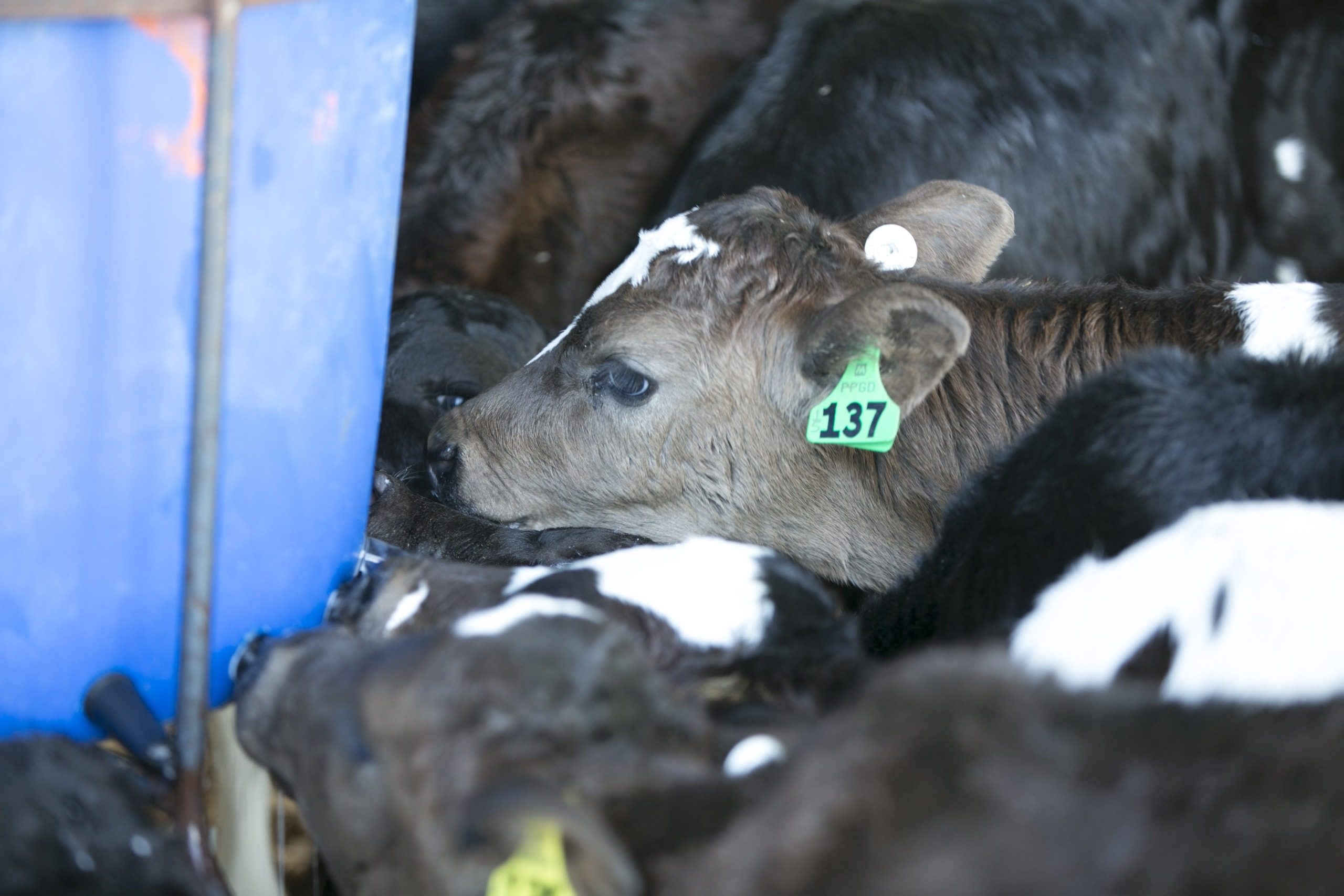What’s in the bag?
Calf rearing researcher Paul Muir takes a look inside the bag of calf milk replacers and explains what to look for.

Colostrum and whole milk are always the best feeds to offer young calves. However, if milk feeding is not possible there is a large array of substitute powders available to the rearer. They are not dried milk powders, so using “milk powder” as a name would likely contravene the Fair Trading Act. Instead they are called calf milk replacers (CMRs) and are made up of a range of products blended to meet minimum protein and fat specifications. They can contain a wide range of ingredients, and the lack of clear specifications on the bag means it is almost impossible for rearers to make an informed decision.
In calves up to three weeks of age the digestive system is poorly developed and the calf can digest only a limited range of carbohydrates, fats, and proteins. Curding appears to be necessary to enable full utilisation of complex proteins. When calves are fed whole milk, its casein proteins curd in the abomasum where they break down gradually (over eight hours) and the products of digestion are released slowly into the small intestine where absorption occurs.
The abomasum has a low pH that is not conducive to bacterial growth, but in the small intestine pH is neutral and bacteria can grow. If a milk replacer doesn’t curd in the abomasum then the undigested material is released much faster into the small intestine (1.5 hours). This excess substrate can cause potential issues in young calves if bacteria such as E. coli or salmonella are present.
Generally (but not always) calf milk replacers will curd if they contain casein proteins. If CMRs don’t curd it is often because the casein in whole milk or skim milk has been excessively heat treated and the casein proteins denatured. Another reason is that the whole milk and skim milk powders make up only a small proportion of the ingredients.
In the last 20 years we have seen the advent of cheaper whey-based powders, principally from Europe. They are mainly used in the vealer industry where calves are typically fed 350-380kg of CMR to 120kg CW at 28 weeks. Production of whey powders in Europe is on a huge scale – the Netherlands has 1.2 million vealer calves and produces around 700,000 tonnes of CMR annually. By comparison, New Zealand uses less than 20,000 tonnes of CMR annually.
There are some fundamental differences between the rearing systems in Europe and New Zealand. In Europe, calves are a minimum of 7-10 days old (and often much older) before they are transferred from the dairy farm to a vealer operation. Contrast that with the four days of age that is the New Zealand requirement. Even though European calves are older and more robust when they are on-sold into vealer operations they are initially fed on a curding-casein based CMR. In New Zealand CMRs are expensive, yet the labelling on bags is poor – often there is a minimum fat and minimum protein content and a long list of ingredients that may or may not be present in the bag. The labelling is such that it is almost impossible for purchasers to make an informed decision.
It is interesting to contrast what is available in NZ with what occurs overseas. In some European countries where the labeling requirements are stricter, more detailed information is required on the amount of and type of ingredients in the product.
One of the arguments used by New Zealand manufacturers is that their bags are pre-printed and ingredients change. However, in Europe, labels are sewn onto the bags prior to dispatch meaning bags do not have to have pre-printed ingredient lists.
Our recommendation has always been that products fed to young calves should curd. The time to feed non-curding milk replacers is when calves are older than 3 weeks. Unfortunately, New Zealand calf milk replacers have neither a curd test result nor a detailed ingredient list so it is down to the individual rearer to do a curd test. This can be done simply at home.
CURD TEST:
Make up 500ml of milk replacer as per the instructions on the bag. Keep it at 39C (set the oven and use a thermometer) and add 5ml of rennet. A good curd should be formed within 20 minutes. Do exactly the same with some blue top milk so you can see what a really good curd looks like, although even a good quality milk replacer is likely to have a poorer curd than blue top milk.
Unfortunately, most people do not do a curd test until concerns over calf health become apparent in the shed. It is very hard to argue your case after you have paid for the milk replacer and used half the product. It is much easier to do the curd test before you start using the milk replacer.
- Dr Paul Muir is Managing Director of On- Farm Research in Hawke’s Bay. He has been involved in calf rearing research, principally focusing on systems for rearers of bull calves, since 1996.




